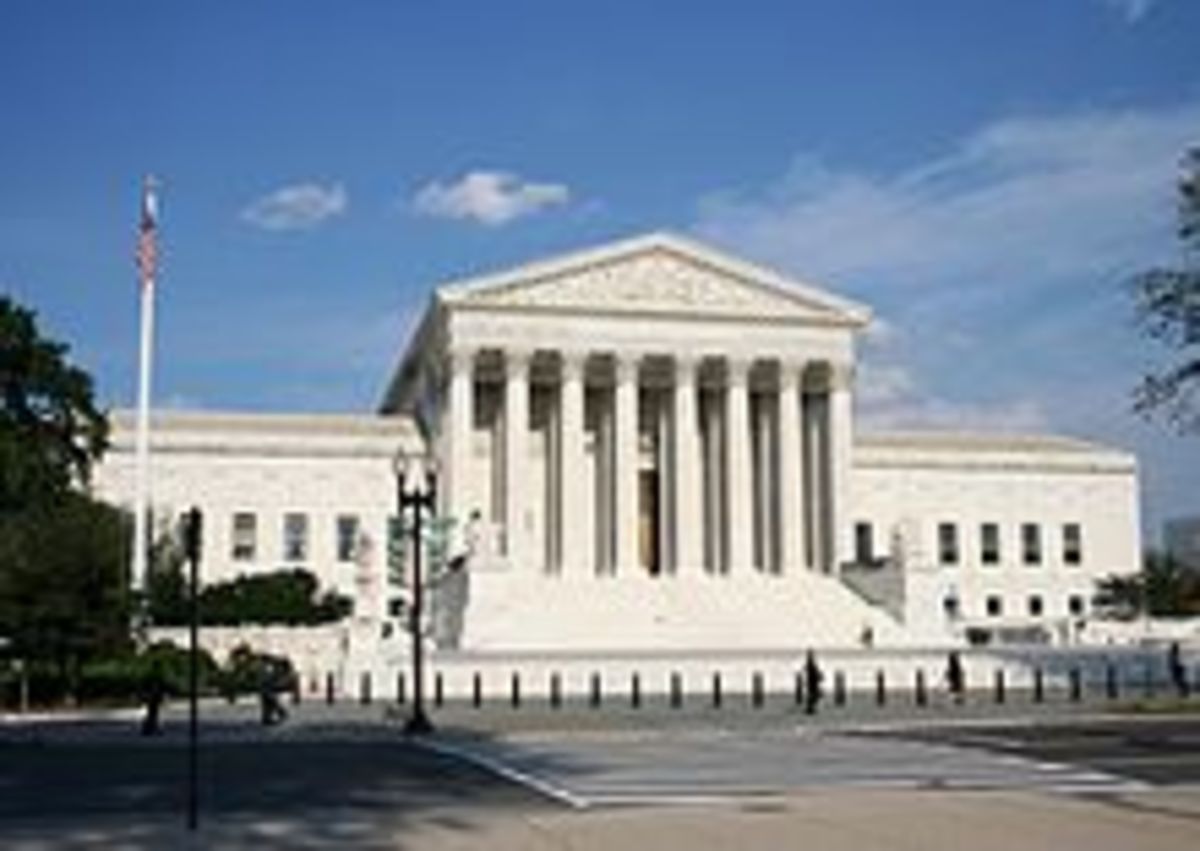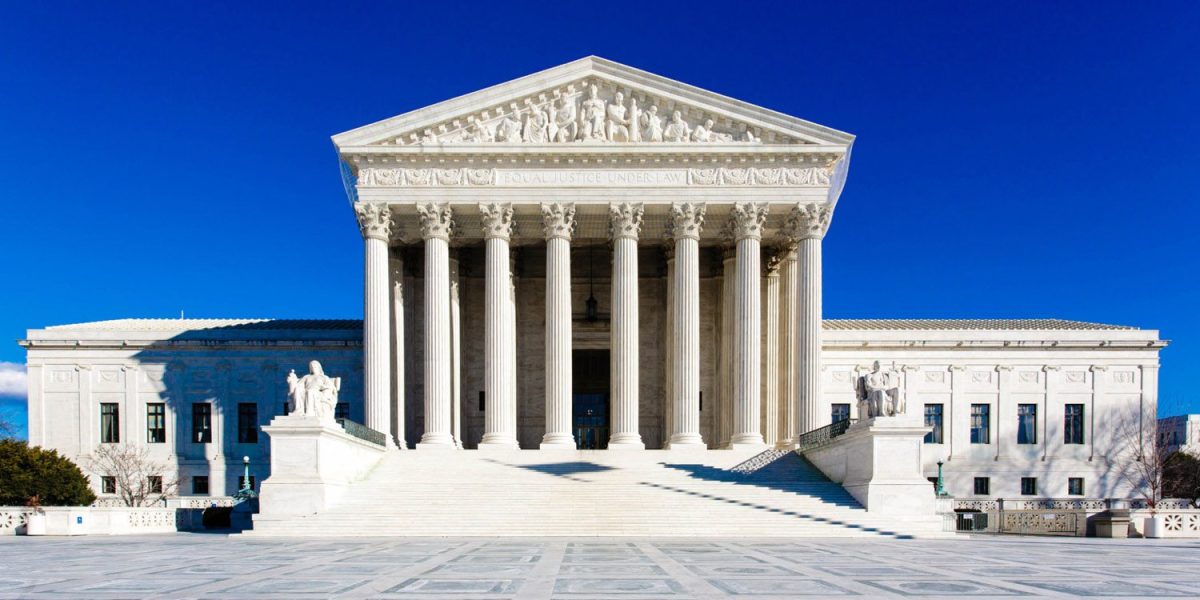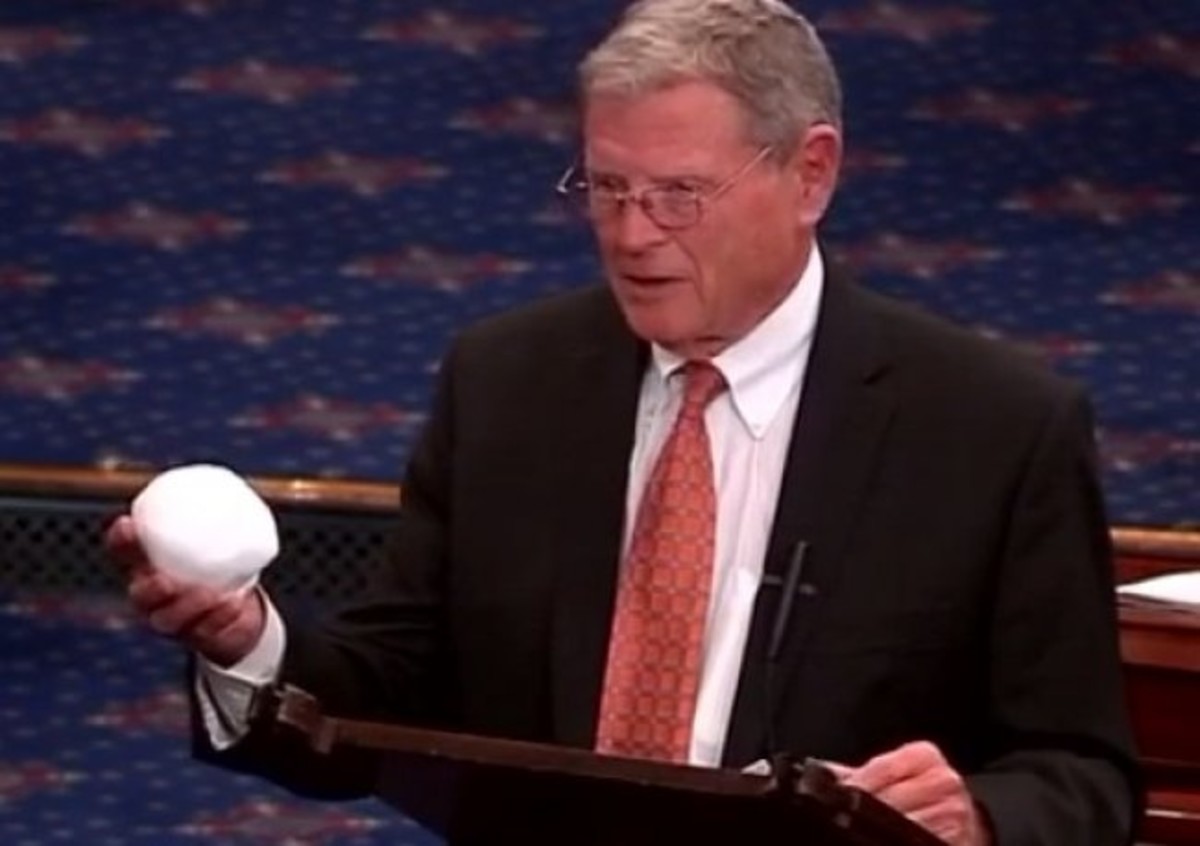The Environment Versus Off Road Vehicles

Introduction
In Sierra Club v. Clark, (9th Cir., 1985) 756 F. 2d 686, the United States Ninth Circuit Court of Appeals affirmed the Secretary of the Interior’s decision to allow the use of Off Road Vehicles (“ORV”) in Dove Springs Canyon (“Dove Springs”). In doing so, the Ninth Circuit gave deference to an agency decision that was reasoned and consistent with numerous and differing Congressional mandates. Most importantly, the court acknowledged the complex decision making process federal agencies undertake to balance conflicting congressional mandates with environmental concerns and affirmed the principle that when an agency correctly balances competing interests and makes a decision within the scope of its authority, Court should not interfere.
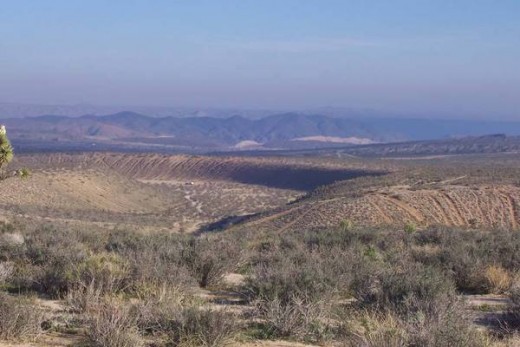
Factual Background Of Dove Springs
Dove Springs is located in the California Desert Conservation Area (“Desert Area”) established in 1976 under the Federal Land Policy Management Act. The Desert Area consists of approximately 25 million acres of land in Southeastern California. Dove Springs is composed of 5500 acres within the Desert Area. Dove Springs is abundant with flora and fauna and contains over 250 species of plants, 24 species of reptiles and 30 species of birds. Birdwatchers, naturalists, hikers, and fossil hunters once frequented Desert Springs. ORV users also used Dove Springs. This use began in 1965 and over the years Dove Springs became a haven to ORV users because of its’ diverse terrain, easy access and hill climbing opportunities. In 1973, the Bureau of Land Management (“BLM”) adopted a program that designated Dove Springs as an ORV open area.
Unfortunately, ORV use has severe and substantial environmental consequences. ORV use causes damage in the form of major surface erosion, soil compaction, and loss of vegetation. Further, ORV use to the extent it was used at Dove Springs dominated the area and limited and hindered other uses at Dove Springs. The intensive use of ORVs at Dove Springs and the substantial damage to the lands it caused was not disputed at the trial court level and was actually stipulated to by the parties.
In July of 1980, the Sierra Club petitioned the Secretary of the Interior to close off Dove Springs to OVR use because of the substantial adverse effects ORV use had on vegetation, soil, and wildlife in Dove Springs. The Secretary replied to the petition by stating that the matter would be addressed in the California Desert Conservation Plan and Final Environmental Impact Statement. This plan was released in December of 1980 and allowed for the continued unrestricted use of ORVs in Dove Springs on 3000 of its 5500 acres. The Sierra Club filed suit in January of 1981 alleging that the Secretary violated Executive Orders that required the Secretary to prevent unnecessary or undue degradation of the land. These Executive Orders called for the Secretary to establish polices and procedures that ensured that the use of ORVs would be controlled to protect resources and minimize conflicts among the various uses of the land. (“Executive Orders”) The Sierra Club further alleged that the Secretary violated these Executive Orders by not maintaining Dove Springs under the principles of multiple use and sustained yield because of the limiting and hindering effect of ORV use has on other uses. Lastly, the Sierra Club alleged that the Secretary’s interpretations of the Executive Orders, especially the term “considerable adverse effects,” was unreasonable and was not deserving of deference by the Court.
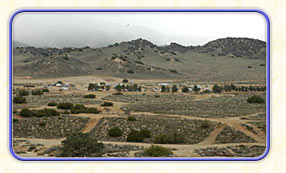
The Ninth’s Circuit Decision.
The main issue in the Court’s decision pertained to the Secretary’s interpretation of the term “considerable adverse effects” and whether that interpretation was reasonable under the Executive Orders that governed his decision. The Secretary interpreted the term to require what was considerable in the context of the Desert Area as a whole, and not merely on a parcel-by-parcel basis. The Secretary argued that this interpretation is necessary and consistent with both the Executive Orders to prevent undue degradation to the lands and congressional mandates that ORV use should be permitted, where appropriate. In essence, the Secretary argued that the nature and extent of environmental damage should be viewed in the context of the lands as a whole and should be balanced with other legislative mandates.

The Court rightly rejected the Sierra Club’s argument that the Court should adopt the interpretation of the Council of Environmental Quality.
The Sierra Club’s first argument was that the Secretary’s interpretation was unreasonable in light of the Executive Orders to prevent undue degradation of the lands. Instead, the Sierra Club requested that the Court adopt the interpretation offered by the Council of Environmental Quality (“CEQ”), a body granted monitoring and review authority under the Executive Orders. The Court properly rejected the Sierra Club’s argument for two reasons.
First, the Court noted that the CEQ’s interpretation was not in conflict with the interpretation of the Secretary. The Court notes that the interpretation of the CEQ does not reflect whether the term “considerable adverse effect” should be determined in the context of the entire Desert Area or on a parcel-by-parcel basis. Further, the Court notes that the CEQ itself acknowledged the Secretary’s authority in this regard and even defers to his knowledge and expertise. The Court’s analysis in this regard was correct. The Sierra Club’s reading of the CEQ’s interpretation was too narrow. The Secretary’s duties were to implement a land management policy over the entire Desert Area, taking in all considerations and viewpoints related to the area. This duty does not and cannot call for the Secretary to make individual decisions on each parcel of land. The CEQ recognized the Secretary’s difficult task in this regard. This is why the CEQ, while monitoring the implementation of the Executive Orders, chose not to opine on the planning decisions made by the Secretary.
The Secretary balanced the competing interests of environmental protection, recreation uses, and land management. His duty was to promulgate regulations that were consistent will all of these uses. The Secretary decided that the most effective way to achieve all of these goals was to view the Desert Area as a whole and decided that to allow ORV use on 3000 acres of land within lands comprising of over 25 million acres of land was a reasonable sacrifice. In the Secretary’s discretion, sacrificing 3000 acres to prevent degradation to the other 24 million plus acres was consistent with the competing mandates to protect the environment and allow ORV use at the same time. The Secretary issued and Environmental Impact Report that contained his findings on the matter that took into account the complexity of the issue. The Court was correct in giving deference to the Secretary’s interpretations on this issue.
The Court also pointed out the differing objectives of the CEQ and the Secretary in regards to environmental protection. The CEQ was implemented to maintain a continuing review of the implementation of the Executive Orders whereas the Secretary was given the authority to promulgate regulations to balance the competing interests. The Court held that discretion rests with the Secretary to determine whether and to what extent specific areas should be closed to ORV use and which areas should be opened. The CEQ’s duties were to ensure that the policy set in place by the Secretary conformed to the goals of the Executive Orders and to ensure that those goals were met in implementation. Properly, the Court distinguished the differing objectives of the CEQ and the Secretary and gave deference to the Secretary where is authority was properly exercised.

The Court Properly Rejected the Sierra Club’s Argument that the Secretary’s Interpretation was Unreasonable.
The Sierra Club next argued that even if the CEQ’s interpretation of the closure standard is not controlling in this matter, the Secretary’s interpretation of “unnecessary and undue degradation” is unreasonable. The Sierra Club essentially argues that the sacrifice of any area is inconsistent with the mandate that the Secretary is to prevent unnecessary and undue degradation of public lands. The Sierra Club further argued that the allowance of ORV use was inconsistent with the principles of multiple use.
The Court rightly rejected each of these contentions by the Sierra Club. The Court found that adoption of the Sierra Club’s argument would essentially end all ORV use on public lands because it inevitably leads to environmental damage and other consequences. This in turn would be contrary to a clear and unambiguous legislative mandate. The Court found instead that the Secretary’s interpretation was reasonable in light of the Congressional mandate that ORV use should be allowed where appropriate. The discretion was left to the Secretary to implement both mandates of environmental protection and ORV use. After carefully considering the factors and releasing a report with his findings, the Secretary decided to allow ORV use on 3000 acres of Dove Springs, a small section of land contrasted against the 25 million acres of the entire Desert Area. The Court held that the Secretary’s interpretation and implementation of these competing mandates was not unreasonable, arbitrary, or capricious and therefore should be given deference.
The Court’s analysis of the Secretary’s interpretation and implementation is correct. Agency Heads are given their authority by various statutes and Executive Orders. Unfortunately, as a result of the reality of the political landscape of today, many of these mandates either indirectly or, as here, directly conflict with each other. The Secretary here was ordered to prevent undue degradation to public lands and to allow for ORV use at the same time. The Secretary has the discretion to implement a plan consistent with these mandates but does not have the discretion to ignore them. The Secretary had to balance these competing interests, as well as others, and develop a land management plan involving some 25 million acres. The Court was correct in affording the Secretary deference in this regard. The Secretary has neither the time nor the means to make a separate land management plan for each parcel of land and then implement the competing interests on each parcel. For the Secretary to view the Desert Area as a whole is completely reasonable.

Conclusion
The Court took a hard look at the decision made by the Secretary in this case. The Court followed the Secretary’s reasoning and came to the simple conclusion that the Secretary did the best he could given the differing mandates he was forced to implement. Overall, ORV use on 3000 acres of a 25 million acre is not a complete loss to the environmental community. It also allows for a recreation use many people enjoy. When Agencies take the time to balance interests and devise plans that substantially complete all the goals of the differing factions pulling on its coat tails, the Court has no choice but to grant deference. Here, the Court correctly did just that.



